Young Adult Fiction Retellings
By Dustin Vann, Library Assistant 2
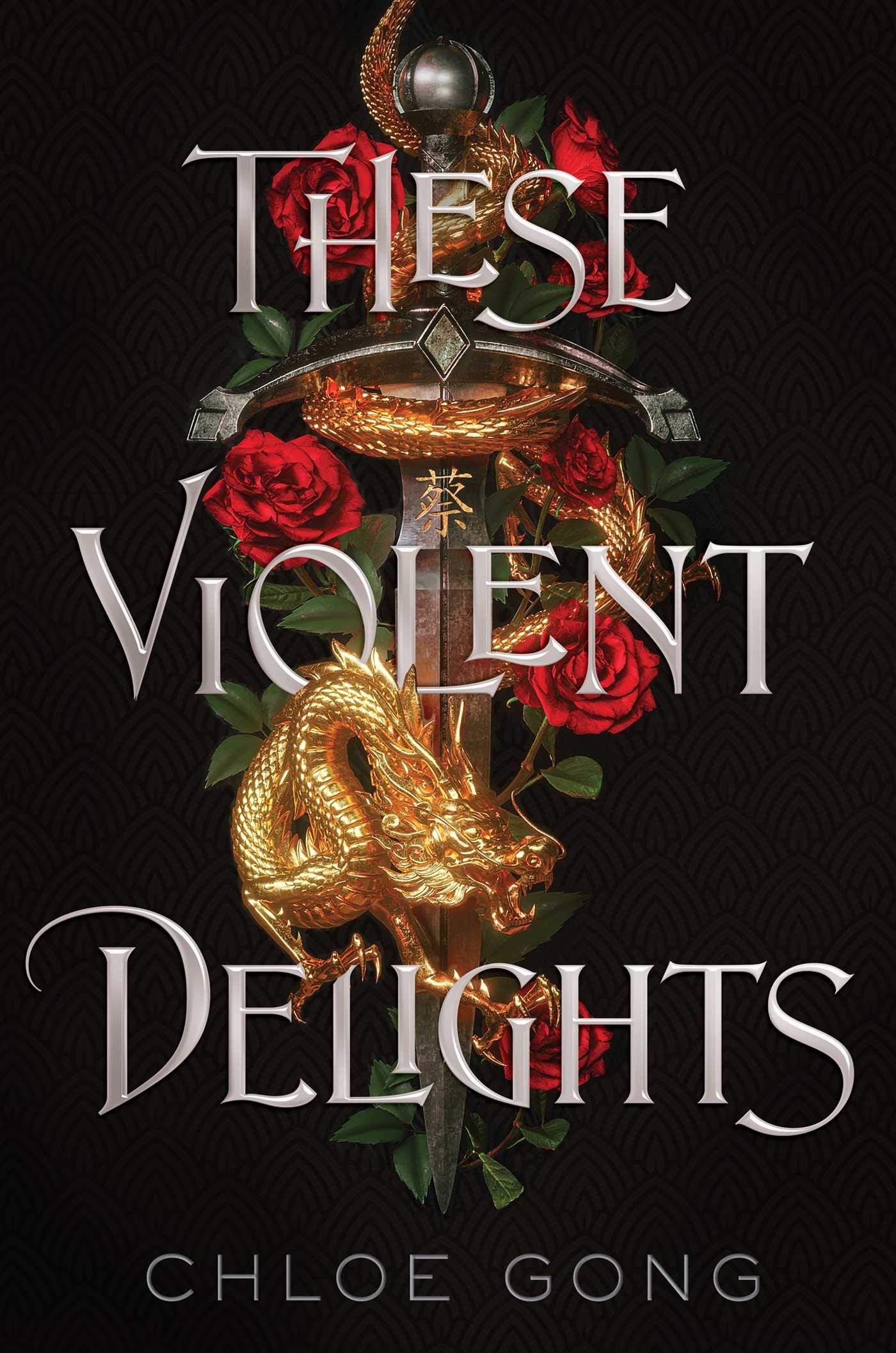 While pursuing my master’s degree in English from K-State, I became interested in the concept of retellings as a narrative device. Why are there some stories we seem insistent to revisit? What is it about these stories that demands a fresh perspective? I wrestled with these questions over the course of my graduate studies. I don’t think there’s a definitive answer, but I did come up with a food analogy that helped me understand the appeal of retellings: retellings are like comfort food with a twist. They’re traditional favorites we’ve come to depend on, but a new element (or many) has been added to the recipe. Whatever these new elements might be, they allow us to see—or, if you’re still following the analogy, to taste—what’s familiar in fresh and exciting ways.
While pursuing my master’s degree in English from K-State, I became interested in the concept of retellings as a narrative device. Why are there some stories we seem insistent to revisit? What is it about these stories that demands a fresh perspective? I wrestled with these questions over the course of my graduate studies. I don’t think there’s a definitive answer, but I did come up with a food analogy that helped me understand the appeal of retellings: retellings are like comfort food with a twist. They’re traditional favorites we’ve come to depend on, but a new element (or many) has been added to the recipe. Whatever these new elements might be, they allow us to see—or, if you’re still following the analogy, to taste—what’s familiar in fresh and exciting ways.
Retellings have become increasingly popular in the young adult space, with two recent titles updating two classics of English literature: William Shakespeare’s “Romeo & Juliet” and Jane Austen’s “Pride & Prejudice.”
In “These Violent Delights,” author Chloe Gong relocates the drama of Shakespeare’s classic tragedy from Verona to the streets of 1920s Shanghai. The sprawling city is run by two rival gangs, the White Flowers and the Scarlet Gang, whose territory battles often end in bloodshed. At opposite ends of this blood feud stand Roma Montagov and Juliette Cai, who must work together to unite their respective gangs against a disturbing “madness” infecting Shanghai citizens. While you might guess how Roma and Juliette’s relationship will unfold based off your knowledge of “Romeo & Juliet” Gong subverts our expectations right off the bat, establishing Juliette and Roma not as star-crossed lovers, but as former star-crossed lovers. This deviation from the original story adds a real sense of tension between these characters that will get readers invested in their relationship. Fans of Shakespeare’s play will delight (pardon the pun) in the Easter eggs Gong nestles into her retelling and admire how, despite setting the novel nearly a century removed from our present, the story feels modernized in its discussions of colonialism and inclusivity.
From twentieth-century Shanghai to modern-day Brooklyn, Ibi Zoboi’s “Pride” offers readers a “remix” of Austen’s 1813 classic, “Pride & Prejudice.” The novel centers on seventeen-year-old Zuri Benitez, who has big dreams of attending Howard University and developing her poetry. Apart from her literary passions, Zuri has immense love for her big family and their Brooklyn neighborhood, which is becoming increasingly gentrified. The novel’s central conflict kicks in with the arrival of the Darcys, an upper-class Black family who move into the renovated mansion across from Zuri’s apartment building. Zuri immediately clashes with Darius Darcy, the youngest of her new neighbors, and what follows is the classic enemies-to-lovers relationship previously immortalized by Austen’s protagonists, Elizabeth Bennett and Mr. Darcy. Zoboi updates Austen’s observations on class with timely commentary on gentrification and organically infuses specific elements of Zuri’s Haitian-Dominican heritage into the story. Additionally, the novel never forgets its teen audience, injecting the narrative with scenes of romance and college woes that will ring true for young readers.
Though both of these novels are classified as retellings, it should be noted that one does not have to be familiar with “Romeo & Juliet” or “Pride & Prejudice” before enjoying these newer titles. Their authors seem keenly aware of this, taking the bones of their inspired texts to rebuild tried and true stories into something wholly new. In fact, it might be fun for teens to start with these titles first before tackling the originals. You can find print copies of both titles at the Manhattan Public Library, and digital copies are available through Sunflower eLibrary.


 Amongst the many historic and monumental changes that hit the world in 2020, my life was rocked by another great and terrible change: I became a parent. Parenthood has been wonderful and awe-inspiring, but it’s also terrifying, especially when you’re staring it down while undergoing a long, uncontrollable biological experiment—that is, pregnancy. To say I dislike change is to phrase things mildly, so it’s no surprise that I struggled with pregnancy and all the changes it unleashes. In times of uncertainty, I cleave to books, and so I researched and read all hours of the evenings and weekends. Here are the books that brought me knowledge and reassurance.
Amongst the many historic and monumental changes that hit the world in 2020, my life was rocked by another great and terrible change: I became a parent. Parenthood has been wonderful and awe-inspiring, but it’s also terrifying, especially when you’re staring it down while undergoing a long, uncontrollable biological experiment—that is, pregnancy. To say I dislike change is to phrase things mildly, so it’s no surprise that I struggled with pregnancy and all the changes it unleashes. In times of uncertainty, I cleave to books, and so I researched and read all hours of the evenings and weekends. Here are the books that brought me knowledge and reassurance. The library is trying something new with the new year – a winter reading challenge. We invite everyone of all ages to register for the
The library is trying something new with the new year – a winter reading challenge. We invite everyone of all ages to register for the  When I was a teenager, there weren’t many books that portrayed modern, realistic, diverse main characters. In school, I was reading classics and learning about topics like slavery, the Holocaust, and the Trail of Tears. The historical tragedies of brown (Latinx, Black, Indigenous American, etc.) people were being taught, but not their modern struggles, and certainly not their joys. For fun, I was reading popular books like
When I was a teenager, there weren’t many books that portrayed modern, realistic, diverse main characters. In school, I was reading classics and learning about topics like slavery, the Holocaust, and the Trail of Tears. The historical tragedies of brown (Latinx, Black, Indigenous American, etc.) people were being taught, but not their modern struggles, and certainly not their joys. For fun, I was reading popular books like 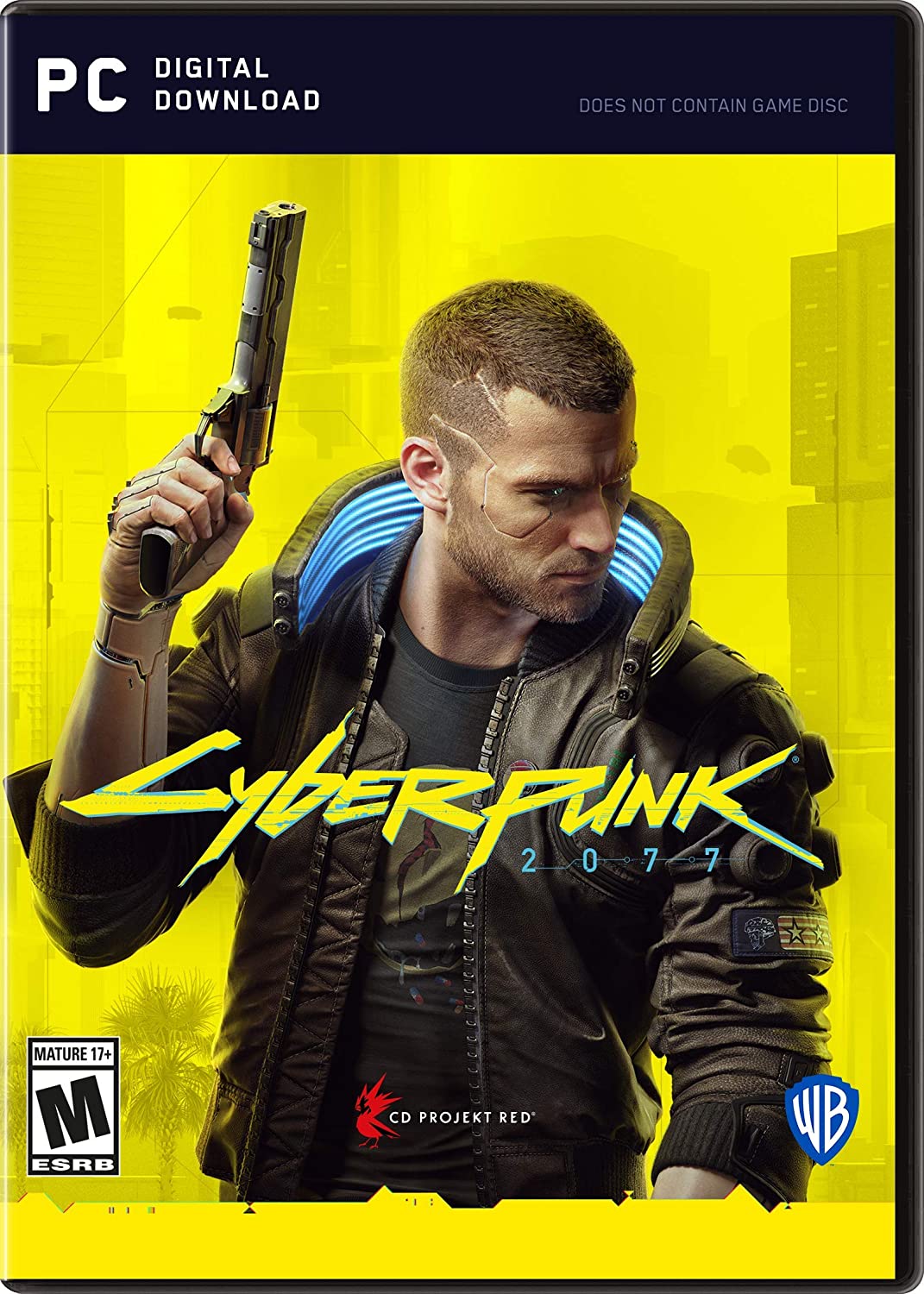 After multiple delays, one of the most anticipated video games of the year, “
After multiple delays, one of the most anticipated video games of the year, “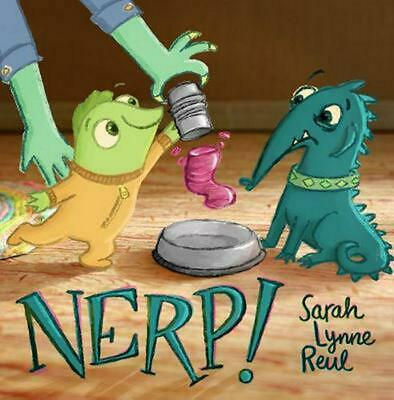 As a new parent, I’m learning the things children do that are frustrating but also hilarious. Hearing the stories my mother had of what my brother and I did seemed ridiculous until I start noticing it with my son and the children that come into the library. When my mom would be prepping a meal, I would sneak the best way a 3-year-old could and steal raw vegetables off the cutting board. Anything and everything that was on the ground was edible. This included a dead spider my dad tracked in from outside that my mother had to pull out of my mouth. My mom’s hair? That’s a toy that is asking to be pulled and be tangled around my fingers. If my parents gave me a piece of paper and some colored pencils, I decided that the wall would be a better canvas. Whatever it was, they love talking about how ridiculous my brother and I were and how now, it’s hilarious.
As a new parent, I’m learning the things children do that are frustrating but also hilarious. Hearing the stories my mother had of what my brother and I did seemed ridiculous until I start noticing it with my son and the children that come into the library. When my mom would be prepping a meal, I would sneak the best way a 3-year-old could and steal raw vegetables off the cutting board. Anything and everything that was on the ground was edible. This included a dead spider my dad tracked in from outside that my mother had to pull out of my mouth. My mom’s hair? That’s a toy that is asking to be pulled and be tangled around my fingers. If my parents gave me a piece of paper and some colored pencils, I decided that the wall would be a better canvas. Whatever it was, they love talking about how ridiculous my brother and I were and how now, it’s hilarious.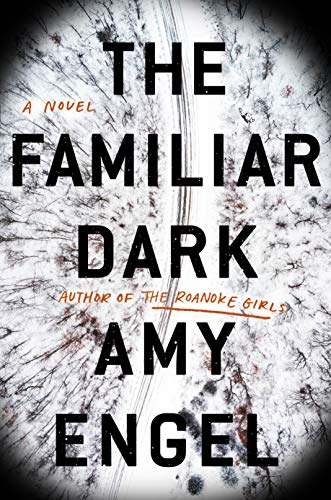 With the recent adaptation of J.D. Vance’s bestselling memoir “
With the recent adaptation of J.D. Vance’s bestselling memoir “ Crafting won’t solve all your problems, but stabbing something with a needle repeatedly is an easy way to feel less anxious. Unfortunately I can’t follow a pattern to save my life, so for a while I only did embroidery.
Crafting won’t solve all your problems, but stabbing something with a needle repeatedly is an easy way to feel less anxious. Unfortunately I can’t follow a pattern to save my life, so for a while I only did embroidery.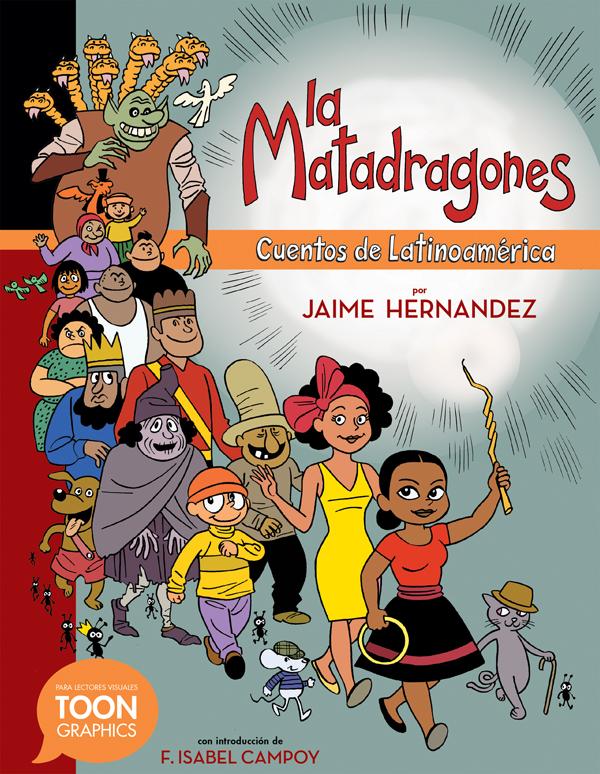 I had a very vivid imagination as a child. My older sibling and I spent a lot of time playing
I had a very vivid imagination as a child. My older sibling and I spent a lot of time playing 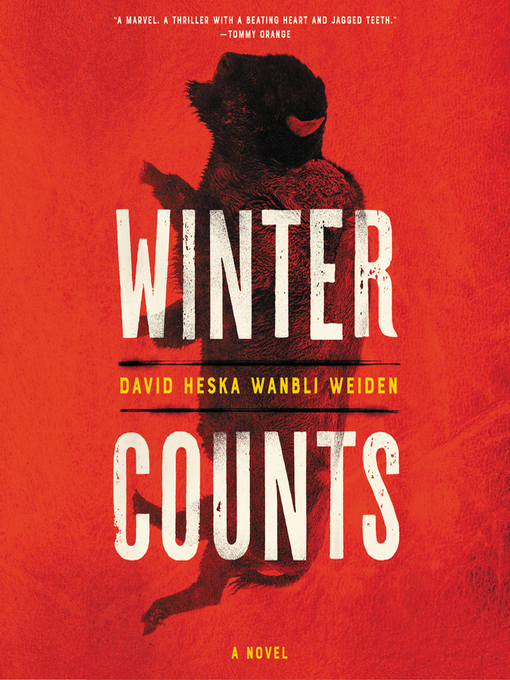 According to the United States Census Bureau, in 2019, 6.9 million Americans identify as American Indian and Alaska Native (AIAN) persons, and this year there are 574 federally- recognized American Indian tribes. Thirty-nine of these tribes call the state of Oklahoma home. I was born in Oklahoma, and while I only lived there for a few years, I’ve gone back frequently to visit family and have an affinity for the red-iron-rich staining dirt. Driving down I-35 from Manhattan to Oklahoma City, I’m always struck by the distinct change in the Earth’s hue, as well as the white-and-green highway signs featuring town names like Chickasha, Tonkawa, and Pawnee. These towns are named after American Indian tribes, and they call out to my curiosity as I drive down I-35. I wonder what stories and histories the peoples of these tribes have. I wonder how different or similar they are to my story. I wonder if they are just as taken with the vibrant red-iron-rich stained earth as I am, and if they have their own story to explain such a phenomenon. Being a librarian and avid bibliophile, I cannot help but find books to sate my curiosity about AIAN peoples and their stories. Here are some of the recently-published contemporary fiction novels I’ve discovered written by American Indian authors.
According to the United States Census Bureau, in 2019, 6.9 million Americans identify as American Indian and Alaska Native (AIAN) persons, and this year there are 574 federally- recognized American Indian tribes. Thirty-nine of these tribes call the state of Oklahoma home. I was born in Oklahoma, and while I only lived there for a few years, I’ve gone back frequently to visit family and have an affinity for the red-iron-rich staining dirt. Driving down I-35 from Manhattan to Oklahoma City, I’m always struck by the distinct change in the Earth’s hue, as well as the white-and-green highway signs featuring town names like Chickasha, Tonkawa, and Pawnee. These towns are named after American Indian tribes, and they call out to my curiosity as I drive down I-35. I wonder what stories and histories the peoples of these tribes have. I wonder how different or similar they are to my story. I wonder if they are just as taken with the vibrant red-iron-rich stained earth as I am, and if they have their own story to explain such a phenomenon. Being a librarian and avid bibliophile, I cannot help but find books to sate my curiosity about AIAN peoples and their stories. Here are some of the recently-published contemporary fiction novels I’ve discovered written by American Indian authors.